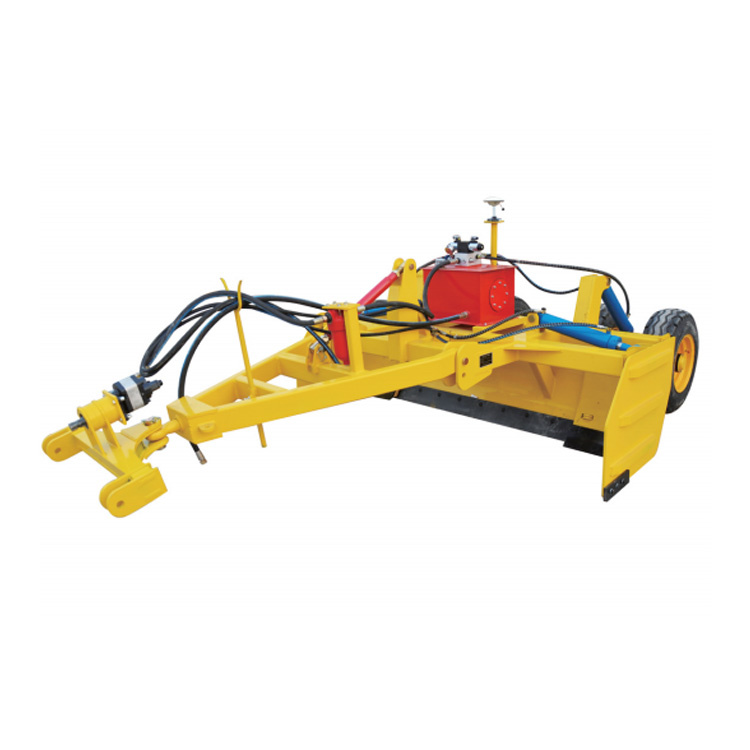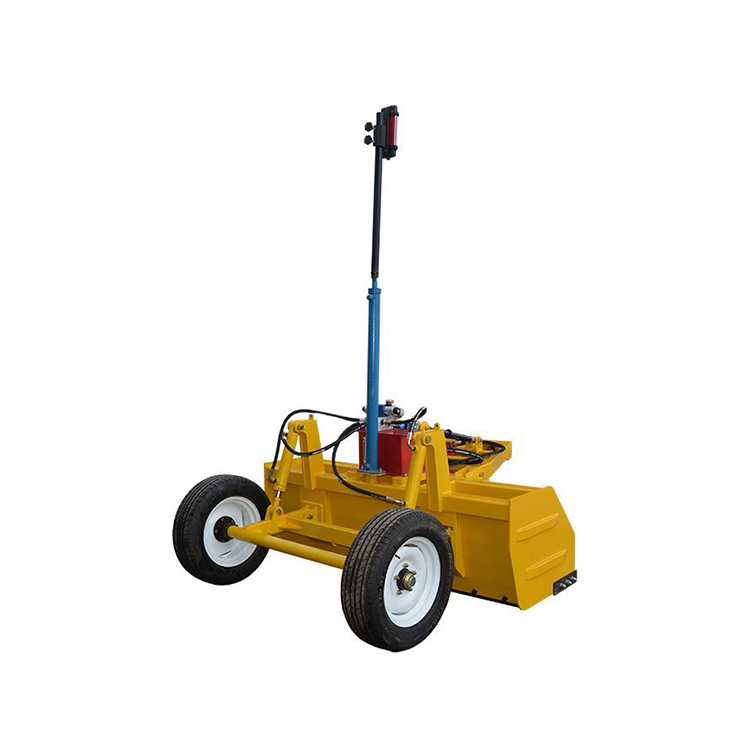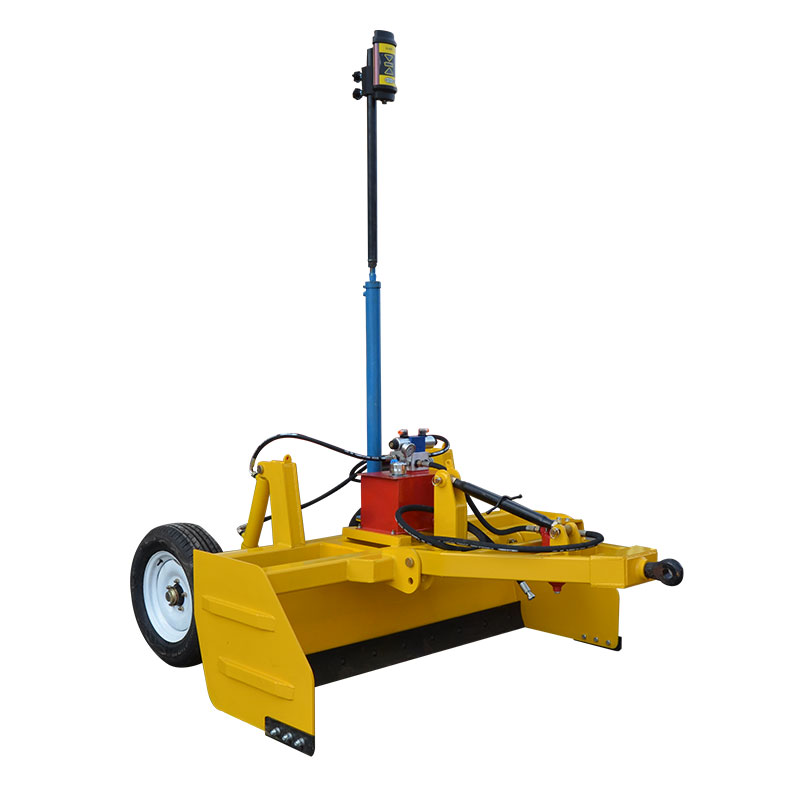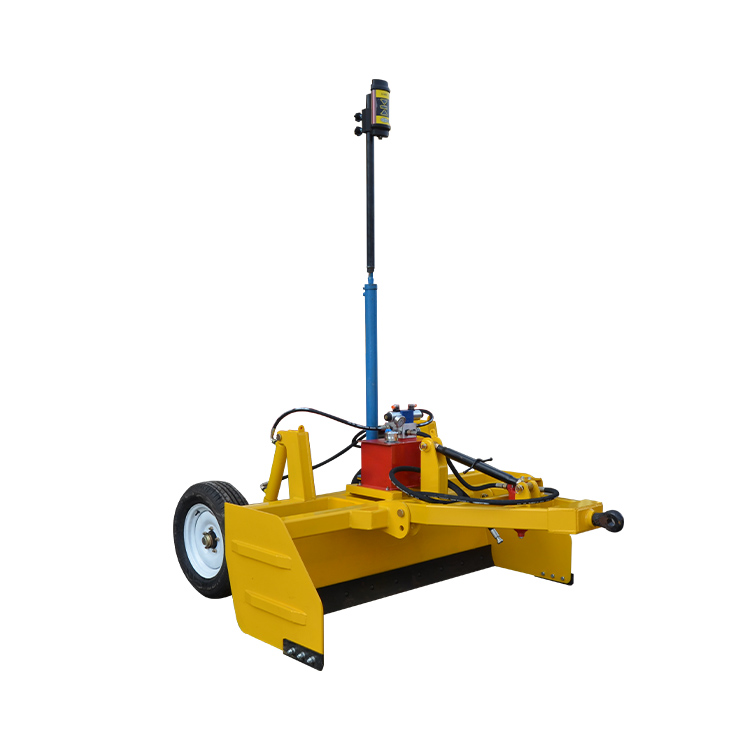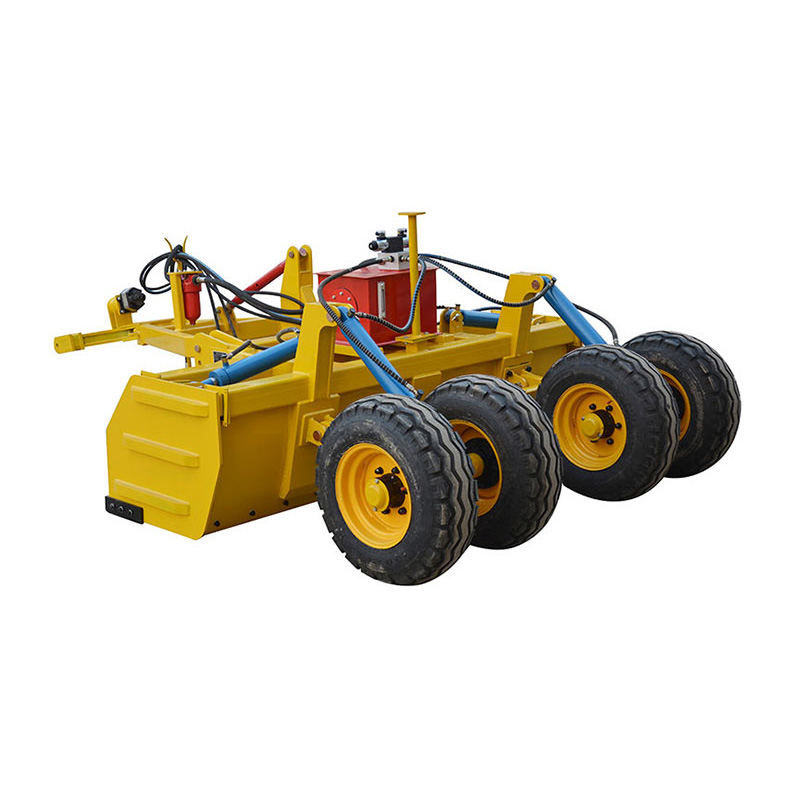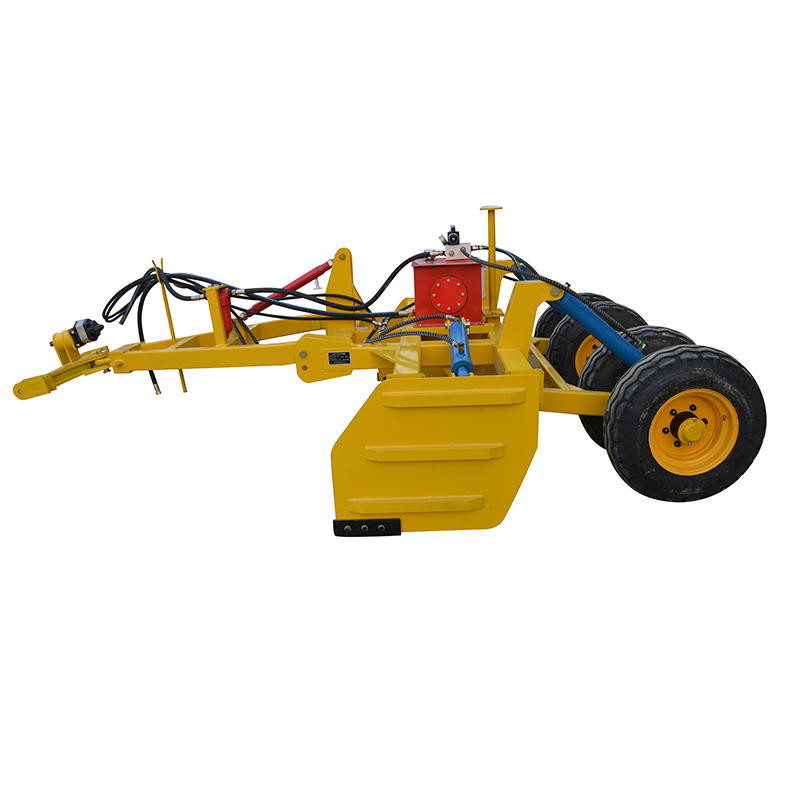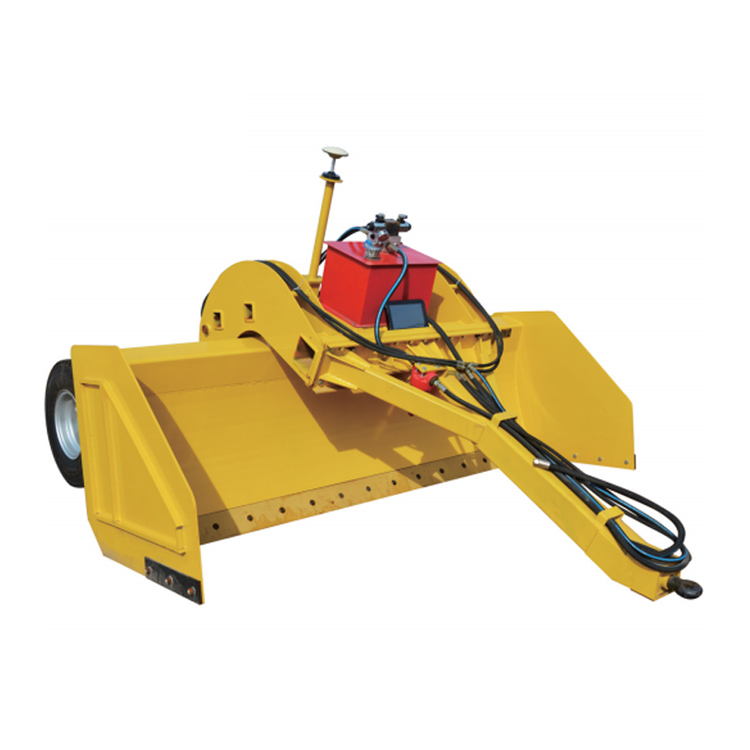
 English
English  Español
Español Português
Português русский
русский Français
Français 日本語
日本語 Deutsch
Deutsch tiếng Việt
tiếng Việt Italiano
Italiano Nederlands
Nederlands ภาษาไทย
ภาษาไทย Polski
Polski 한국어
한국어 Svenska
Svenska magyar
magyar Malay
Malay বাংলা ভাষার
বাংলা ভাষার Dansk
Dansk Suomi
Suomi हिन्दी
हिन्दी Pilipino
Pilipino Türkçe
Türkçe Gaeilge
Gaeilge العربية
العربية Indonesia
Indonesia Norsk
Norsk تمل
تمل český
český ελληνικά
ελληνικά український
український Javanese
Javanese فارسی
فارسی தமிழ்
தமிழ் తెలుగు
తెలుగు नेपाली
नेपाली Burmese
Burmese български
български ລາວ
ລາວ Latine
Latine Қазақша
Қазақша Euskal
Euskal Azərbaycan
Azərbaycan Slovenský jazyk
Slovenský jazyk Македонски
Македонски Lietuvos
Lietuvos Eesti Keel
Eesti Keel Română
Română Slovenski
Slovenski मराठी
मराठी Srpski језик
Srpski језик
- Boom Sprayer
- Air Blast Sprayer
- Lawn Mower
- Wheel Rake
- Land Leveler
- Fertilizer Spreader
- Manure Spreader
- Seeder Machine
- Agricultural Machinery Transmission Shaft
- Plow
- Automatic Roll Tube Sprayer
- Gear Pumps
- Hydraulic Valve
- Bundled Straw Net
- Tractor Flail Mower
- Seedling Killing Machine
- Rotary Rake
- Rake Sun
- Ridging Machine
- Rotary Tiller
Satellite Land Leveler
Send Inquiry
Land leveling is a crucial agricultural practice that ensures optimal crop growth and efficient irrigation. A satellite land leveler, also known as a land planer or land smoother, is an essential piece of equipment for achieving a flat, even surface across fields. This blog will guide you through the process of using a product effectively, covering everything from preparation to maintenance.
Product parameter
|
Model |
12PW-4.0 | 12PW-3.0A | 12PW-2.8/3.5 |
12PW-2.5/3.2 |
12PW-2.5 | 12PW-1.5/2.2 |
| Working Width | 4 | 3 | 3.5 | 3.2 | 2.5 | 2.2 |
| Control Mode | Statellite Control | Statellite Control |
Statellite Control |
Statellite Control |
Statellite Control |
Statellite Control |
| Levelling Shovel Type | Camber Beam Adjustable |
Camber Beam Fixed |
Straight Shovel |
Straight Shovel |
Straight Shovel |
Straight Shovel |
| Tyre Size | 10.0/75-15.3 | 31/15.5-15 | 10.0/75-15.3 | 10.5/75-15.3 | 10.5/75-15.3 | 23*8.50/12 |
| Matched Power | 154.4-180.5 | 102.9-154.4 |
102.9-154.4 |
102.9-154.4 | 80.4-102.9 | 50.4-80.9 |
| Working rate ha | 0.533333333 | 0.33 | 0.4 | 0.33 | 0.266666667 | 0.233333333 |
| Size | 4800*2650*1700 | 4300*3120*1650 | 4000*2930*1350 | 4000*2610*1350 | 4000*2610*1350 | 2650*1600*1320 |
| Weight | 2600 | 1980 | 1480 | 1440 | 1150 | 1150 |
Preparing for Land Leveling
Assessing Field Conditions
Before using a satellite land leveler, it's crucial to assess your field's current conditions. This involves surveying the topography, identifying high and low spots, and determining the overall slope. Utilize modern surveying techniques such as GPS mapping or laser leveling systems to create a detailed contour map of your field. This information will guide your leveling strategy and help you achieve the desired grade. Before initiating land leveling, it's essential to evaluate the field's topography, soil type, and drainage patterns. This assessment helps identify any potential challenges and ensures that the leveling process is tailored to the specific landscape.
Choosing the Right Land Leveler
Selecting the appropriate land leveler is paramount to achieving optimal results. Consider factors such as field size, soil type, and desired level of precision when choosing your equipment. The product come in various sizes and configurations, from small models suitable for compact tractors to large, hydraulically-controlled units for extensive operations. Ensure that your chosen the product is compatible with your tractor's power output and hydraulic system. Selecting an appropriate land leveler is crucial for effective leveling. Consider factors such as the size of the area, soil conditions, and desired leveling precision. Different models offer unique features that cater to various agricultural needs and terrain types.
Operating the Land Leveler
Initial Passes
Start the land leveling process by making initial passes across your field. Begin at one end of the field and work your way across in parallel lines. Maintain a consistent speed and depth to ensure even material distribution. During these initial passes, focus on removing major high spots and filling in significant low areas. The land leveler will scrape soil from elevated areas and deposit it in depressions, gradually creating a more uniform surface. The initial passes involve making the first cuts in the soil, ensuring a rough but effective leveling. This stage focuses on removing significant high points and filling in lower areas, establishing the groundwork for more refined adjustments in later stages.
Cross-Directional Leveling
After completing the initial passes, switch to cross-directional leveling. This involves making perpendicular passes to your original direction. This technique helps to further smooth out any remaining irregularities and ensures a more consistent grade across the entire field. Pay close attention to areas where the two pass directions intersect, as these can be prone to unevenness. In cross-directional leveling, the operator runs the land leveler in a perpendicular direction to the initial passes. This helps address any remaining unevenness by redistributing soil and achieving a smoother, more balanced surface that prepares the ground for precision work.
Fine-Tuning and Precision Work
As you progress with the leveling process, focus on fine-tuning and precision work. Use your satellite land leveler's adjustable features, such as the cutting edge angle or hydraulic controls, to achieve the desired level of smoothness. If you're using a laser-guided system, make frequent checks to ensure you're maintaining the correct grade. For areas requiring extra attention, consider making multiple passes or adjusting your speed to achieve the desired results. Fine-tuning requires making subtle, careful adjustments to ensure the land is perfectly level. This phase involves monitoring for small variations and making incremental passes to achieve uniformity in both slope and elevation, ensuring the field is ideal for planting or other uses.

Maintenance and Optimization
Regular Equipment Checks
To ensure optimal performance and longevity of your land leveler, conduct regular equipment checks. Inspect the cutting edge for wear and replace it when necessary to maintain leveling efficiency. Check hydraulic components for leaks and ensure all moving parts are properly lubricated. Examine the frame and attachments for any signs of damage or fatigue, addressing issues promptly to prevent breakdowns during operation.
Soil Management Techniques
Effective soil management is crucial for successful land leveling. Consider implementing practices such as deep tillage or subsoiling prior to leveling to break up compacted layers and improve soil structure. This can enhance the satellite land leveler's ability to move soil effectively and create a more uniform surface. Additionally, monitor soil moisture levels, as working with excessively wet or dry soil can impact the leveling process and potentially damage your field's structure.
Conclusion
Mastering the use of a land leveler is a valuable skill for any agricultural professional. By following the steps outlined in this guide, you can effectively prepare, operate, and maintain your satellite land leveler for optimal field performance. Remember that successful land leveling requires patience, precision, and ongoing attention to detail. With practice and proper technique, you'll be able to create level, productive fields that maximize water efficiency and crop yields. If you want to get more information about this product, you can contact us at lucky@shuoxin-machinery.com.
References
1. Smith, J. (2022). Advanced Techniques in Agricultural Land Leveling. Journal of Precision Agriculture, 15(3), 245-260.
2. Johnson, M. & Brown, L. (2021). Soil Conservation Through Proper Land Leveling Practices. Soil Science Society of America Journal, 85(2), 456-470.
3. Thompson, R. (2023). The Impact of GPS-Guided Land Levelers on Farm Productivity. Agricultural Systems, 196, 103359.
4. Garcia, A. et al. (2020). Comparative Study of Land Leveler Types for Various Soil Conditions. Transactions of the ASABE, 63(4), 1001-1012.
5. Wilson, K. (2022). Water Management Strategies in Precision-Leveled Fields. Irrigation Science, 40(1), 89-104.
6. Lee, S. & Park, H. (2021). Economic Analysis of Land Leveling Investments in Large-Scale Agriculture. Agricultural Economics, 52(3), 405-418.








